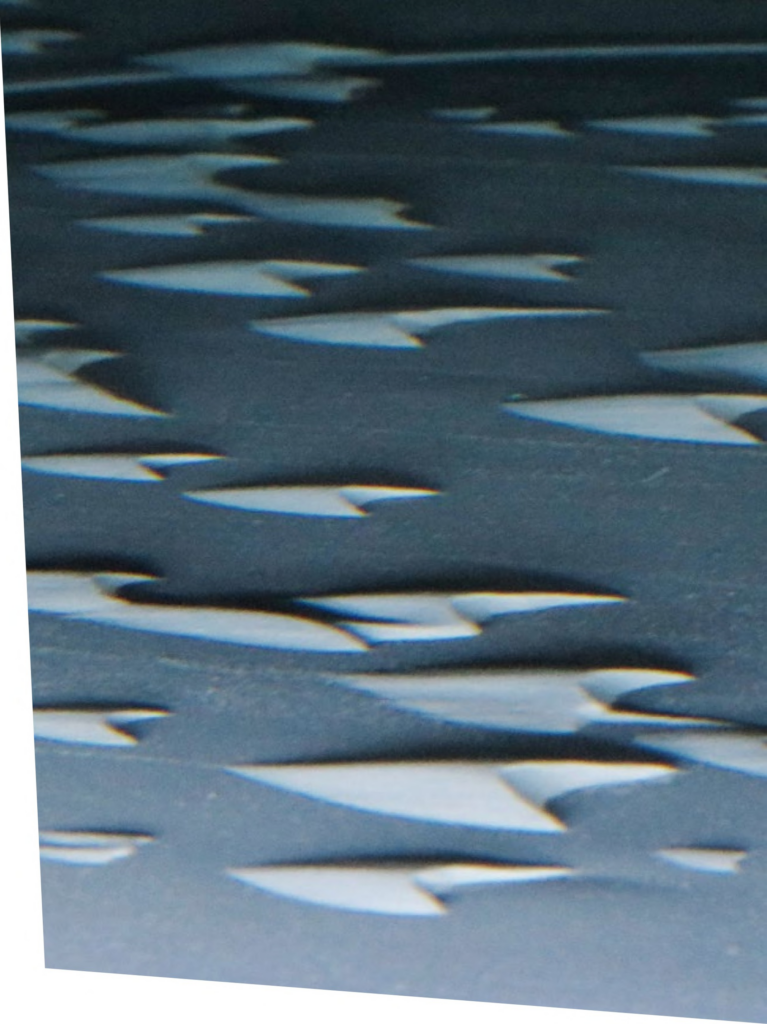Born in 1980 in Zug, Switzerland, lives and works in Paris, France
Waves beneath an ocean of wet air
2024
Artist and composer Robin Meier Wiratunga strives to understand how humans, insects, swarms, and objects think. With a bag of tricks from sound and science, he composes thinking tools made with singing mosquitoes, synchronized fireflies, metronomes, choreographed ants, neural networks, and flute-carrying pigeons. Conducted in close collaboration with specialists and scientific labs, his work blends machine learning with animal intelligence. Arranging human, animal, and nonbiological actors into constellation-like scores, he creates environments and conditions for musical patterns to spontaneously emerge. Meier Wiratunga has a master’s degree in cognitive philosophy from EHESS, Paris, France. He has been a music producer at IRCAM / Centre Pompidou since 2006, has taught sound arts at Bern Academy of the Arts in Switzerland since 2021, and has been a fellow of the Istituto Svizzero in Rome since 2018. His projects have been shown at the Palais de Tokyo (2010) and Centre Pompidou (2021) in Paris, the Shanghai Biennale (2016), and Colomboscope in Colombo (2019).
Waves beneath an ocean of wet air (2024) explores relationships between the desert, its inhabitants, and the gradients of wetness that surround, envelop, and flow within it. The work examines the fluid nature of earth and sand and how this resonates with the deconstruction of the delineation between water and land as a dominant, colonial fiction. Dunes take shape through repeated patterns of flow that, like musical rhythms, organize particles into undulating waves of stars, parabolas, domes, and other forms, occurring with wind in the desert, water at the bottom of the sea, or ice on the shores of Arctic beaches. As a complex, inhabited ecosystem, the desert is a network of thoughts expressed in rivers of sand and waves of dunes. The chemical composition and shape of each grain of sand speaks of its migration through seabeds, mountains, cities, clouds, and deserts. Meier Wiratunga juxtaposes audio recordings from the Empty Quarters in the Arabian Peninsula—sounds of singing sands, acoustic measurements of dune sediment, and foraging ants from his field work—with submarine recordings from the Indian Ocean, neuroelectric activity of the brain, AI-synthesized vocal sounds, and various other elements to create a generative, polyphonic soundscape, giving a voice to the stories of the desert and weaving a composition with sounds from oceans of varying wetness and its entangled kin.



